The object returned by draw.gam is the output of cowplot::plot_grid (not a pure ggplot2 graphical object).
I made a small change into draw.gam function of gratia.
.
Now the p object can be manipulated:
# The modified draw.gam function
mydraw.gam <- function (object, parametric = TRUE, select = NULL, scales = c("free",
"fixed"), align = "hv", axis = "lrtb", n = 100, unconditional = FALSE,
overall_uncertainty = TRUE, dist = 0.1, ...)
{
scales <- match.arg(scales)
S <- smooths(object)
select <- gratia:::check_user_select_smooths(smooths = S, select = select)
d <- gratia:::smooth_dim(object)
take <- d <= 2L
select <- select[take]
S <- S[take]
d <- d[take]
is_re <- vapply(object[["smooth"]], gratia:::is_re_smooth, logical(1L))
is_by <- vapply(object[["smooth"]], gratia:::is_by_smooth, logical(1L))
if (any(is_by)) {
S <- vapply(strsplit(S, ":"), `[[`, character(1L), 1L)
}
npara <- 0
nsmooth <- length(S)
if (isTRUE(parametric)) {
terms <- parametric_terms(object)
npara <- length(terms)
p <- vector("list", length = npara)
}
g <- l <- vector("list", length = nsmooth)
for (i in unique(S)) {
eS <- evaluate_smooth(object, smooth = i, n = n, unconditional = unconditional,
overall_uncertainty = overall_uncertainty, dist = dist)
l[S == i] <- split(eS, eS[["smooth"]])
}
l <- l[select]
d <- d[select]
g <- g[select]
if (length(g) == 0L) {
message("Unable to draw any of the model terms.")
return(invisible(g))
}
for (i in seq_along(l)) {
g[[i]] <- draw(l[[i]])
}
if (isTRUE(parametric)) {
for (i in seq_along(terms)) {
p[[i]] <- evaluate_parametric_term(object, term = terms[i])
g[[i + length(g)]] <- draw(p[[i]])
}
}
if (isTRUE(identical(scales, "fixed"))) {
wrapper <- function(x) {
range(x[["est"]] + (2 * x[["se"]]), x[["est"]] -
(2 * x[["se"]]))
}
ylims <- range(unlist(lapply(l, wrapper)))
if (isTRUE(parametric)) {
ylims <- range(ylims, unlist(lapply(p, function(x) range(x[["upper"]],
x[["lower"]]))))
}
gg <- seq_along(g)[c(d == 1L, rep(TRUE, npara))]
for (i in gg) {
g[[i]] <- g[[i]] + lims(y = ylims)
}
}
g
}
# Example no. 1
dat <- gamSim(1, n = 400, dist = "normal", scale = 2, verbose = FALSE)
mod <- gam(y ~ s(x0), data = dat, method = "REML")
p <- mydraw.gam(mod)
p[[1]] + ggtitle("My title")

# Example no. 2
mod <- gam(y ~ s(x0) + x1, data = dat, method = "REML")
p <- mydraw.gam(mod)
# Plot graphs separately
p[[1]] + ggtitle("My title")
p[[2]] + ggtitle("My title")
# Arrange the two plots on the same figure
cowplot::plot_grid(plotlist = p)

